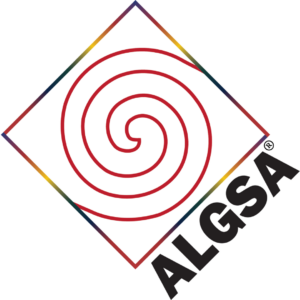Clinical characteristics of ALGS may aide in early diagnosis
There are several clinical and laboratory predictors of Alagille syndrome (ALGS) in children that may aide in early diagnosis, according to a study.
In this retrospective analysis, clinical data from 14 children diagnosed with ALGS at a single institution were analyzed.
The most common characteristics were cholestasis (64.28%), heart malformations (85.71%), and characteristic facial features (92.85%). Only 14.28% of patients had a positive family history.
Ocular lesions were present in 3 patients (out of 13 examined by pediatric ophthalmologists) and typical butterfly vertebrae were present in 2 patients (out of the 13 patients who underwent spine radiography).
There were 6 patients with hepatic pathology:
-2 had intracellular cholestasis
-2 had reduced or no small bile duct in the portal area
-2 had small bile duct hyperplasia with massive fibrous hyperplasia and extensive inflammatory cell infiltration
-2 underwent biliary tract exploration
Twelve children underwent genetic testing which found JAG1 gene mutations in 7 patients and NOTCH2 gene mutations in 2 patients.
Reference
Li D, Mao K, Sun J, et al. Clinical and Laboratory Characteristics in Children with Alagille Syndrome: Experience of a Single Center. Int J Gen Med. 2023;16:77-83. doi: 10.2147/IJGM.S382430. PMID: 36636710; PMCID: PMC9831120.

Official Media Partner & Publisher of Alagille Syndrome Alliance
Contact
Grandin Library Building
Six Leigh Street
Clinton, New Jersey 08809

